Every autumn there are reports of false widow spiders becoming uninvited eight-legged houseguests in homes across the UK.
But despite looking similar to the more dangerous black widows, all these spiders are likely to do is give you a small and relatively harmless bite.
It might seem like false widow spiders make a dash for your home as soon as the weather gets chilly, but they can actually be seen inside year-round.
Temperature may be one cause of the arachnid exodus as they attempt to get out of the cold, but some may have long gone unnoticed in the darkened corners of the house.
What does a false widow look like?
False widows - species in the genus Steatoda - are sometimes confused for black widow spiders - species in the genus Latrodectus - and are mistakenly thought to be as dangerous. Both groups of spiders have a similar dark-coloured, globular body.
The name false widow is given to species in the genus Steatoda. Six false widow species live permanently in the UK.
The three most common false widows are:
- the rabbit hutch spider, Steatoda bipunctata
- the cupboard spider, Steatoda grossa
- the noble false widow, Steatoda nobilis
The Mediterranean false widow spider, Steatoda paykulliana, is also an occasional visitor to the UK when it is accidently imported with produce.
Each species is fairly distinct in colour and size, with unique sets of markings on their abdomens.
Find out how to identify a false widow spider and work out which species you have seen.
Noble false widows
The noble false widow is most commonly reported. It is the largest of the UK's three most common false widow species, reaching a body length of between seven and 14 millimetres, with the females typically larger than the males.
The noble false widow was first recorded in the UK in the 1870s - likely a stowaway on cargo ships from its native Madeira and Canary Islands.
But it is only since the 1980s that the species has gained a strong foothold, forming established populations in the majority of the southern counties - although it has now spread northwards.
Their webs are usually suspended at least 1.5 metres off the ground to allow the spiders to hunt flying insects. In homes they often prefer to skulk in kitchens and conservatories. Their webs are a tangle of threads, a characteristic of all false widow species.
The pattern on their bodies is often described as 'skull-shaped', which probably doesn't help their negative reputation.
Spiders often mistaken for false widows
There are also plenty of other spiders that also cause confusion in homes and gardens across the UK.
Two of the most common are the missing sector orb weaver (Zygiella x-notata) and the lace webbed spider (Amaurobius species).
Both species, like false widows, are found all over the UK. The latter is also known to be a biter, although with similar (or even less) pain as a result, and few lasting symptoms.
Lace web spiders are most often found outdoors, building their webs on fences, sheds, walls and any general clutter lying about.
The missing sector orb weaver, however, is more of an indoors spider. Most homes in the UK are likely to have this spider in residence. This species is one of the few spiders that will feed through the winter, as long as there is plenty of food available.
Are false widows dangerous?
There are over 650 species of spider known to live in the UK. Only around 12 of these are recorded as species that have bitten humans.
So, if you see a spider, the likelihood is that it is just a harmless, common British spider.
False widows are not the deadly spiders they are sometimes thought to be.
Although false widows do have a venomous bite, the venom is not particularly potent. Usually the only symptom is pain at the site which may radiate away from the bite. It ordinarily lasts between one and 12 hours, and rarely for more than 24 hours.
Often, the symptoms are no worse than the pain of a wasp sting.
Males are more prone to biting. But this is only because they leave the nest in search of a mate, often venturing indoors looking for females. They are only known to bite when provoked or trapped against skin.
There are sometimes reports of false widow bites that present with more sinister symptoms like rotting flesh and excruciating pain. But these are usually not backed up with formal spider identification.
The extreme side effects experienced are most likely the result of a secondary infection, likely bacterial, if the wound is not kept clean.
There is often hysteria surrounding these spiders, and they have unjustly earned a reputation for being a dangerous pest. But these spiders only bite when they feel threatened.
Should I kill a false widow spider?
Jan Beccaloni, Curator of Arachnida and Myriapoda, says 'During my time at the Natural History Museum I have, not surprisingly, met many people who are scared of spiders. That’s a great pity because spiders are awesome creatures which are sadly misunderstood.'
'Aside from their key role in feeding on pest insect species, their silk is being developed to make specialist clothing such as bullet-proof vests and their venom can be used in pain relief.'
'So next time you find an unwanted spider in your house, please don’t kill it! Either leave it in peace, or humanely put it out in your shed.'
False widows can live in relative harmony with us - they're even tidy houseguests, helping to keep our homes clear of flying insects and other pesky invertebrates.
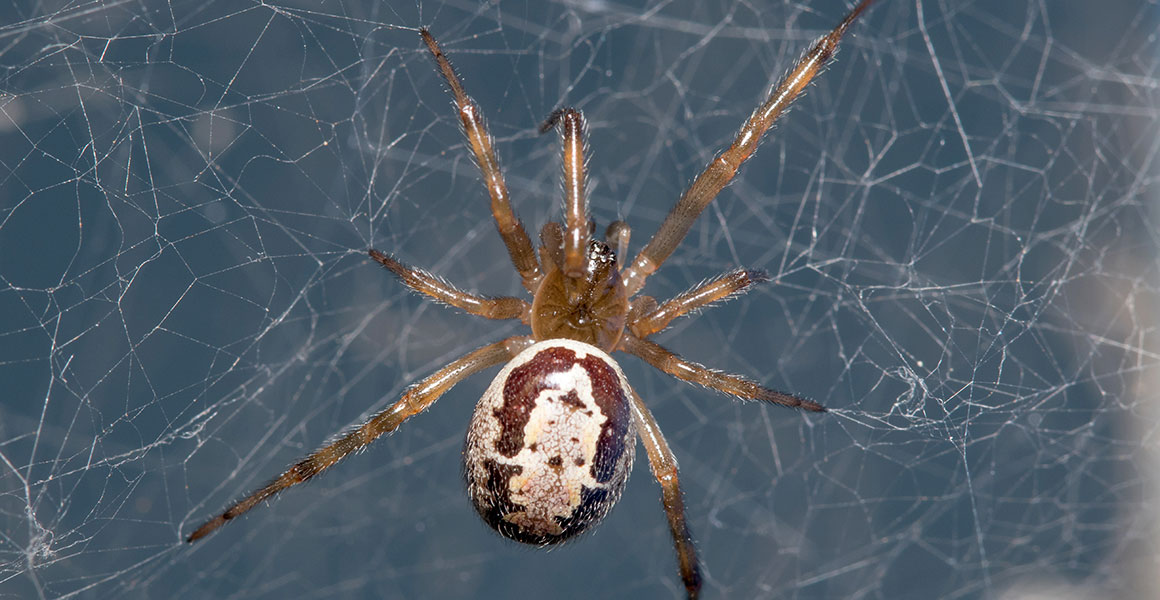
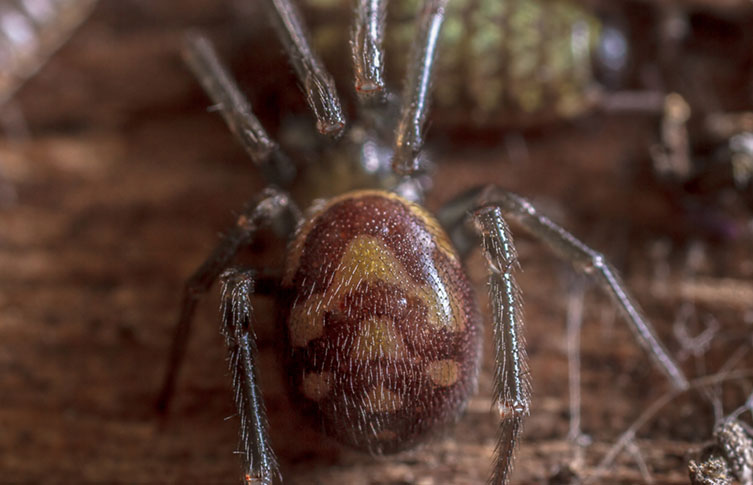


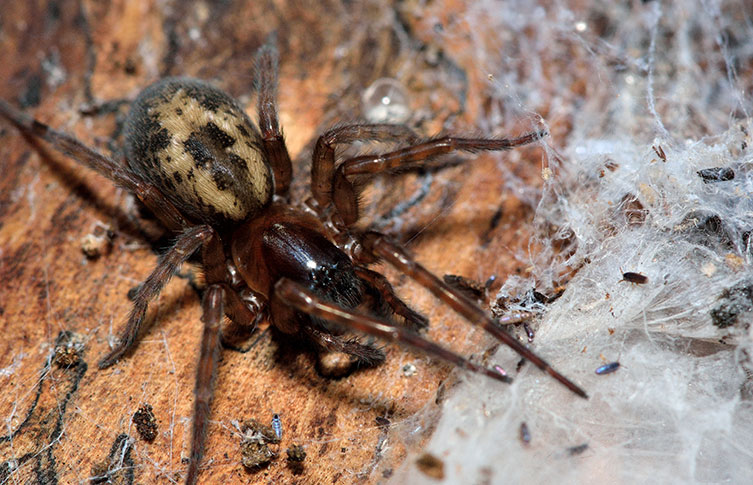
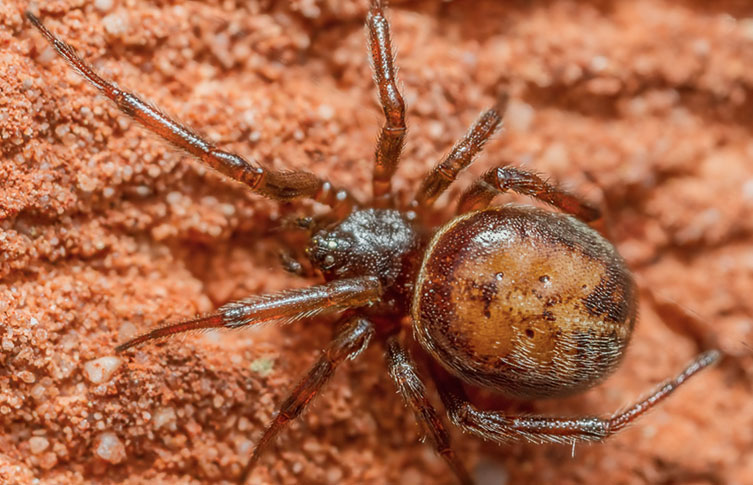
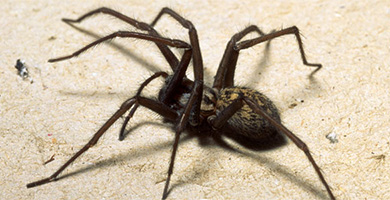
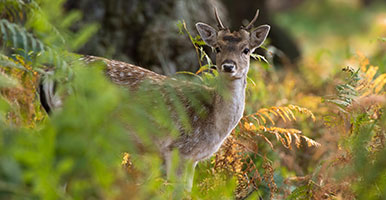
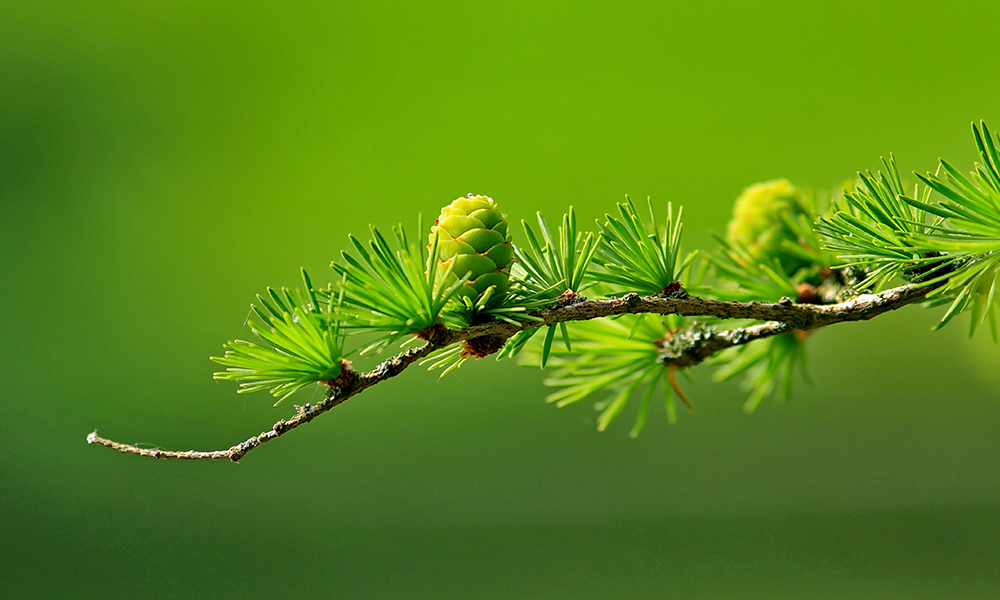
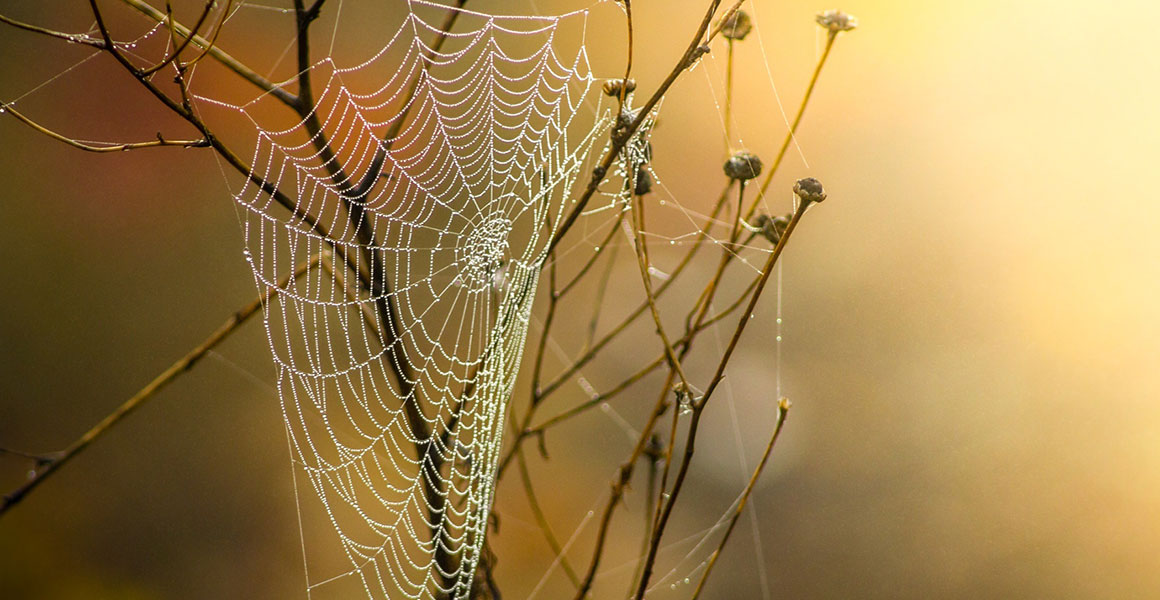
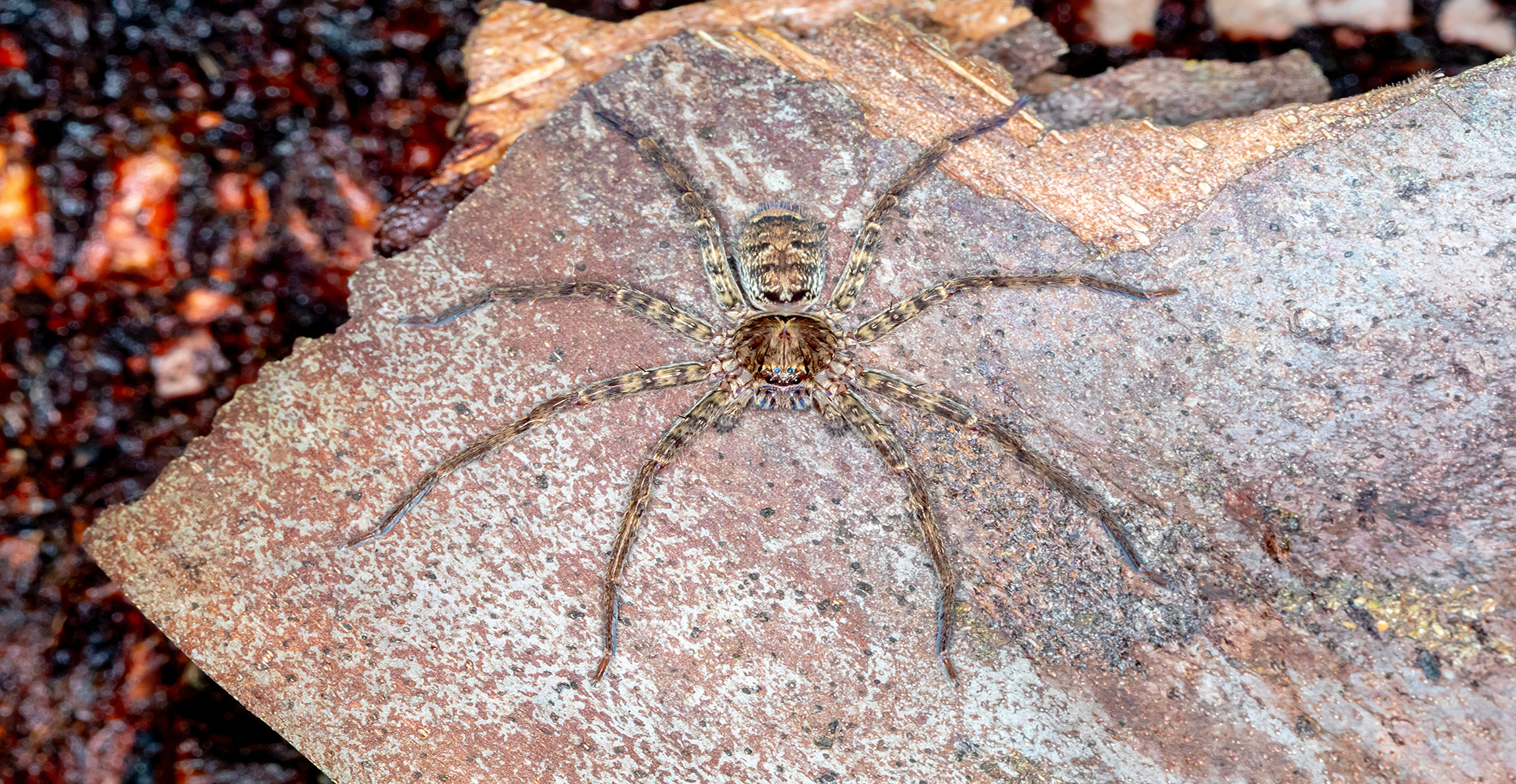
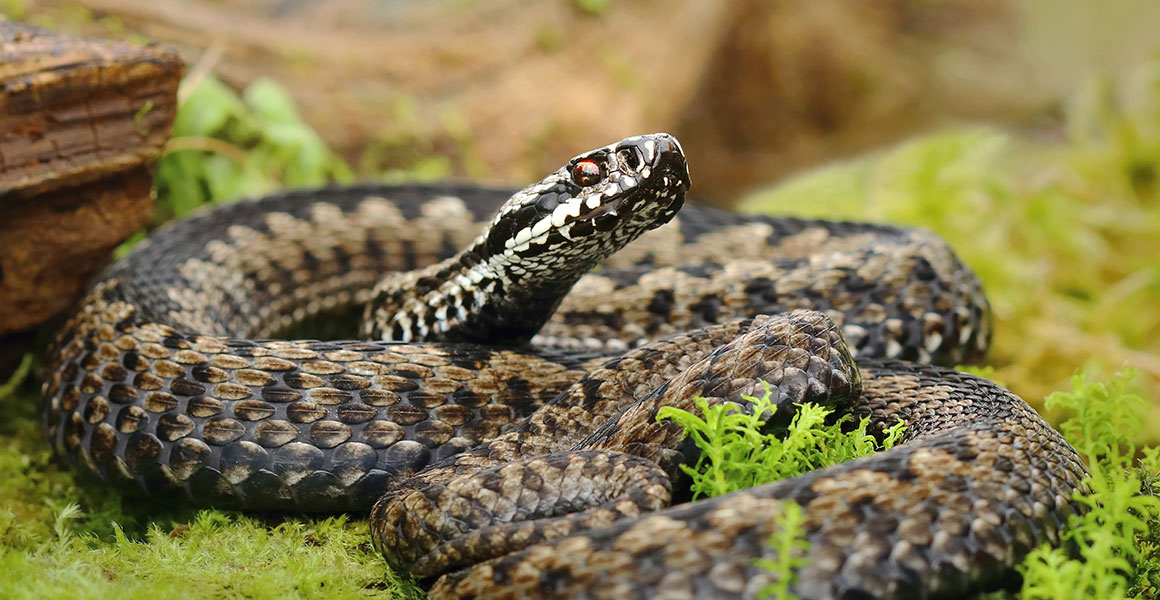

Don't miss a thing
Receive email updates about our news, science, exhibitions, events, products, services and fundraising activities. We may occasionally include third-party content from our corporate partners and other museums. We will not share your personal details with these third parties. You must be over the age of 13. Privacy notice.
Follow us on social media